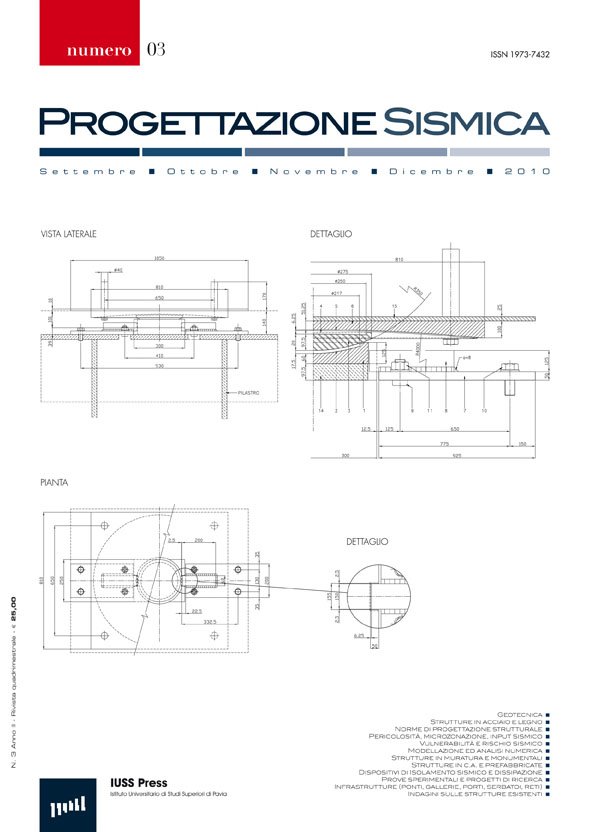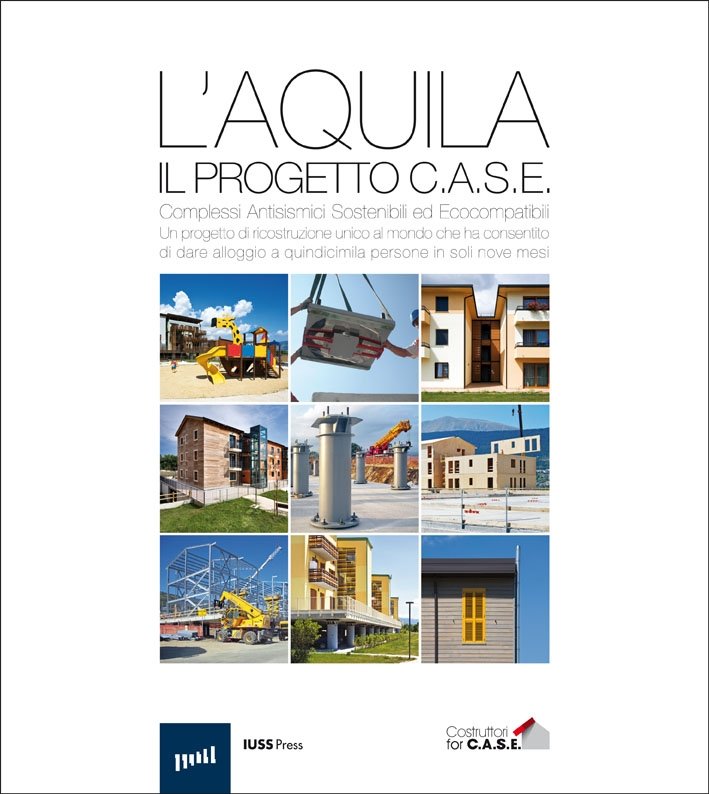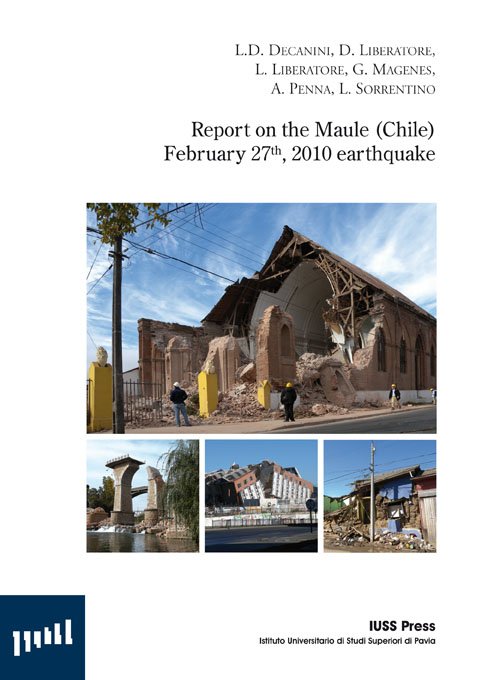Catalogue

Progettazione Sismica 2010 n.3
01/09/2010
L’Aquila – Il Progetto C.A.S.E.
01/12/2010Report on the Maule (Chile) February 27th, 2010 earthquake
Original price was: € 25,00.€ 10,00Current price is: € 10,00.
L.D. Decanini, D. Liberatore, L. Liberatore, G. Magenes, A. Penna, L. Sorrentino
ISBN: 978-88-6198-070-9
The survey of the building seismic response and the study of the ground motion represent a unique laboratory to understand seismic phenomena and the importance of such issues grows with the size of the event.
FUORI CATALOGO
The survey of the building seismic response and the study of the ground motion represent a unique laboratory to understand seismic phenomena and the importance of such issues grows with the size of the event. Therefore, Sapienza, University of Rome and the Eucentre (both of Italy) organized a reconnaissance mission to the areas of Chile most affected by the February 27, 2010, earthquake.
The 2010 Maule earthquake (Mw = 8.8) is one of the largest earthquake occurred since 1900 in the world. The population directly affected in most struck area was in the order of 2 million and about 520 casualties were recorded. The homeless were approximately 800 000. The most affected area was about 54 000 km2. Preliminary tangible loss estimation was of about € 25-30 billion. Severe damage and victims were mainly due to adobe house collapses and to the tsunami that affected a significant portion of central Chile.
Non-structural damage was extensive in almost all types of buildings leading to injuries and loss of functionality and causing significant economic losses, while the observed structural damage was not uniform for all construction types. A great number of adobe houses collapsed or had to be demolished. Masonry historical buildings, especially churches, suffered strong damages in Santiago, San Fernando, Curicò, Talca, Linares and Concepción. The majority of low-rise masonry structures, built with reinforced concrete confining elements (confined masonry), performed well and generally did not sustain significant damage. Anyway, the number of damaged buildings is low compared to the total number of those subjected to the strong ground motion. The behaviour of reinforced concrete buildings, which consist primarily of shear-wall constructions, was generally very good, but some cases of damage, near collapse and even total collapse have been observed in recent structures. With reference to the performance of bridges, some cases of impressive collapses have been observed, although the number of collapsed or damaged bridges was limited compared to the whole bridge stock.
In this report different aspects of the earthquake are dealt with, including seismological aspects, ground motion description and study, and the development of seismic design provision in Chile. The response of masonry and reinforced concrete buildings, the behaviour of historical constructions and the damage suffered by bridges are discussed as well.
| Weight | 0,650 kg |
|---|---|
| Dimensions | 17,0 × 24,0 cm |

